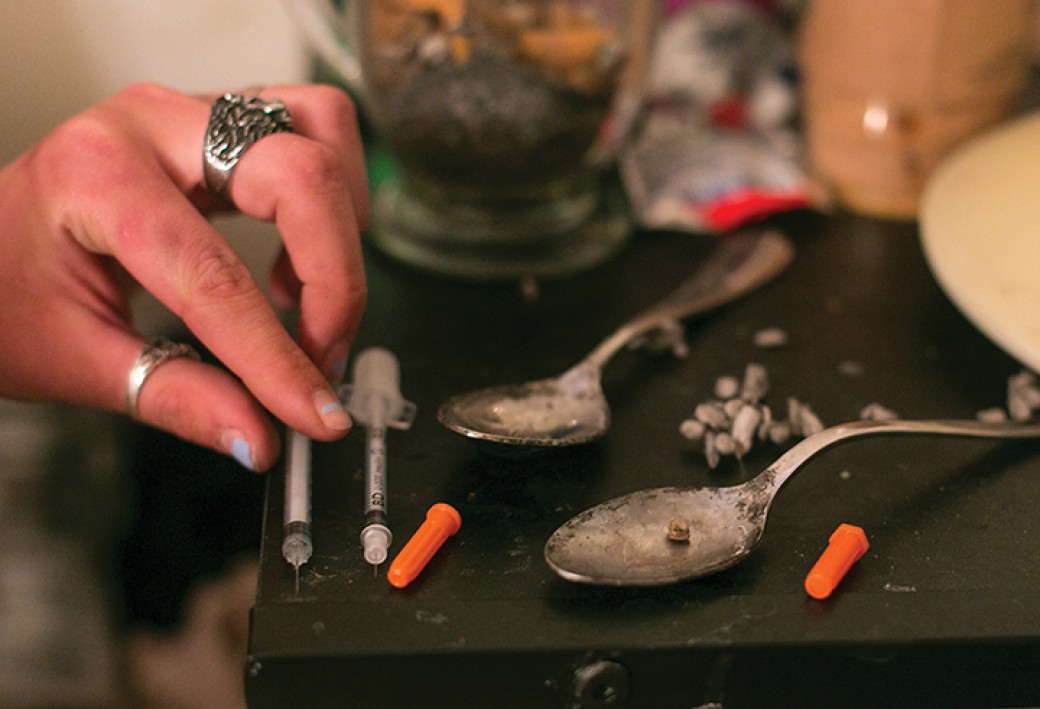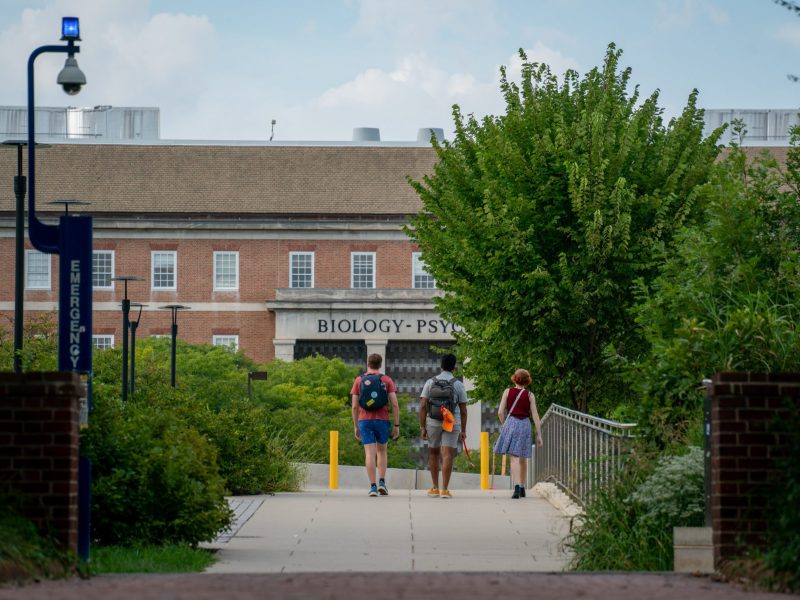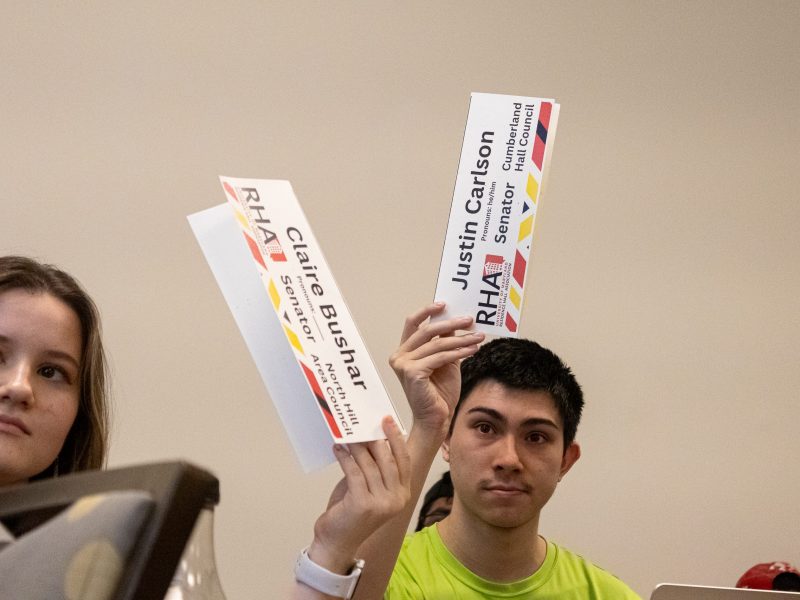Maryland Gov. Larry Hogan and Lt. Gov Boyd Rutherford announced a new “multi-pronged” initiative Jan. 24 in an effort to address this state’s ongoing heroin and opioid epidemic.
The 2017 Heroin and Opioid Prevention, Treatment and Enforcement Initiative establishes a statewide Opioid Operational Command Center, provides $4 million in new funding and proposes three new pieces of legislation: the Distribution of Opioids Resulting in Death Act, the Prescriber Limits Act and the Overdose Prevention Act.
“The reality is that the heroin problem in Maryland has changed with the emergence of cheap and potent synthetic opioids, which pose a new threat to our communities,” Rutherford said in a statement. “The Governor and I look forward to working with members of the legislature to use all the tools at our disposal to address this crisis and to save lives.”
With the emergence of synthetic and less expensive but more dangerous versions of these drugs, the nature of heroin and opioid addiction has made it easier to access — and abuse — the drugs. Heroin-related deaths in Maryland have tripled since 2010 and increased by 21 percent from 2014 to 2015 alone, according to the Maryland Department of Health and Mental Hygiene.
In 2015, Hogan signed an executive order creating the Heroin and Opioid Emergency Task Force, which developed 33 recommendations that focused on prevention, treatment and enforcement to combat the opioid and heroin crisis.
Twelve state agencies and departments, including the Governor’s Office of Crime Control and Prevention, Department of Health and Mental Hygiene, Maryland Emergency Management Agency and Maryland State Police, will be collaborating to create local opioid intervention teams across the state as part of the initiative.
The first part of the initiative — the Opioid Operational Command Center — will facilitate collaboration between state and local entities to reduce effects of opioid addiction, as well as collect data that will be utilized to aid in prevention measures. Hogan’s proposed fiscal 2018 budget includes the initiative’s second prong: $4 million in new funding to “bolster the state’s efforts in supporting those struggling with heroin and opioid addiction.”
The budget also allocates $1.3 billion for mental health and substance use disorder services, including $159 million dedicated to existing non-Medicaid substance use disorder treatment programs.
Hogan and Rutherford hope this initiative will provide a “sweeping” administrative and legislative effort to continue addressing this state’s epidemic.
“Marylanders from one end of the state to the other know the devastation that heroin and opioid abuse can cause,” Hogan said. “It’s under the surface of every community, and we decided we were going to shine a spotlight on this, to try to find as many possible solutions as we could…[As] this crisis evolves, so must our response to it.”
Though opiate overdoses are not a problem on the University of Maryland’s campus, University Police Chief David Mitchell took a preventative step by initiating a new training with Narcan — a drug that competes for the same receptor that opiates attach to in that body, reversing the effect of an overdose.
“Narcan removes opiates from receptors, allowing organs to start working again,” said Capt. Ken Ecker, emergency manager for University Police.
The University Health Center also offers programs for students who struggle with heroin and opioid addiction, including alcohol and other drug education, drug tests, group therapy and one-on-one counseling.



